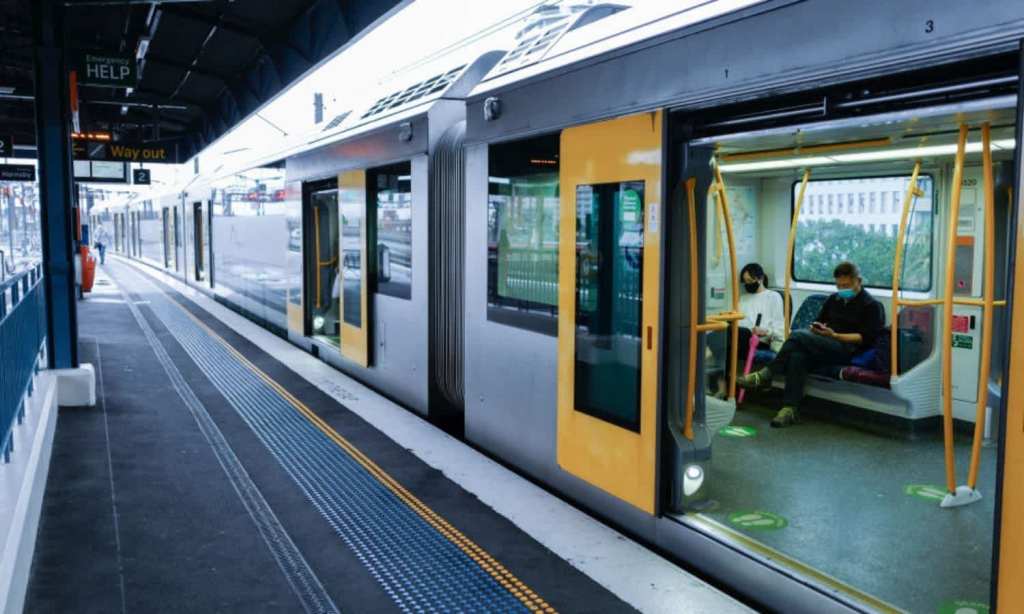We all know cost of living is rising, but we haven’t had too many hard numbers explaining by how much — until now, that is.
Comparison site Finder has done the maths, and released some data on what Australians can expect price-wise from their energy bills, home loan interest, mobile phone plans, health insurance plans and transport costs.
So, what are we looking at?
Energy
Default market offer (DMO), the maximum price retailers can charge electricity customers on default, increased by as much as 18.3% in New South Wales, 12.6% in southeast Queensland and 9.5% in South Australia.
This could raise the average quarterly energy in New South Wales by as much as $63, equivalent to $252 per year. In Queensland and South Australia, the potential average increases could be as high as $36 and $34 per quarter, or $144 or $136 per year respectively.
“While households have many unavoidable ongoing expenses, by investing a couple of hours of time comparing your products and providers, you could save hundreds or even thousands of dollars each year,” says Sarah Megginson, senior editor of money at Finder.
“Taking the time to switch energy providers to a leading offer can save you as much as $300 a year.”
Home Loans
Next up: home loans. The average homeowner with a $610,000 loan will see their monthly repayments increase by $351 a month, equivalent to $4,214 a year if their rate were to increase by 100 basis points, eg. from 2.5% to 3.5%.
Related: Gas, Food and Mortgage Crises: What Is Being Done to Help With the Rising Cost of Living?
Related: Cost of Living Rebates: A State-by-State Guide
A 2% increase on the current cash rate for the average borrower would cost a staggering $8,683 more each year, or $724 per month.

Mobile Phone Plans
What’s happening in the mobile phone plans world? “Our research shows the average Aussies spend $50 a month on their phone plan and there really is no need,” says Megginson.
Telstra’s mobile plans will be increasing by up to $4 a month for both new and existing customers – costing customers up to an extra $48 a year. It’s also revamping its offers to give you 5G access on all its SIM-only plans and more data. All of it, though, will cost you more.
Optus, meanwhile, from August, will start charging customers to access Optus Sport, which has until now been free on all post-paid plans. Eligible Optus customers will need to pay an extra $6.99 per month, or $83.33 per year on top of their mobile plan. For everyone else, the price will be $24.99 per month of $199 per year.
Health Insurance
When it comes to health insurance, premiums have increased by an average of 2.7% in April. However, many insurers have delayed price increases until September or October.
Related: Would Increasing the Minimum Wage Make the Cost of Living Crisis Better or Worse?
Related:
In January 2022, the average monthly health insurance premium for a single person costs $167, including $99 for basic hospital cover and $68 for extras cover, equivalent to $1,998 per year. This means the average single policyholder could see their premiums increase by $54 per year.
Transport
Opal fares for public transport in NSW will increase by an average of 3% starting Monday, July 4. This will cost commuters on average as much as $6.40-$12.80 extra per month on certain routes.
In Sydney, road tolls went up by 2% on Friday, July 1. This will cost drivers on average as much as $2.40-$7.60 per month on certain routes for passenger vehicles, and as much as $5.20-$22 per month for heavy vehicles.
Read more stories from The Latch and subscribe to our email newsletter.







